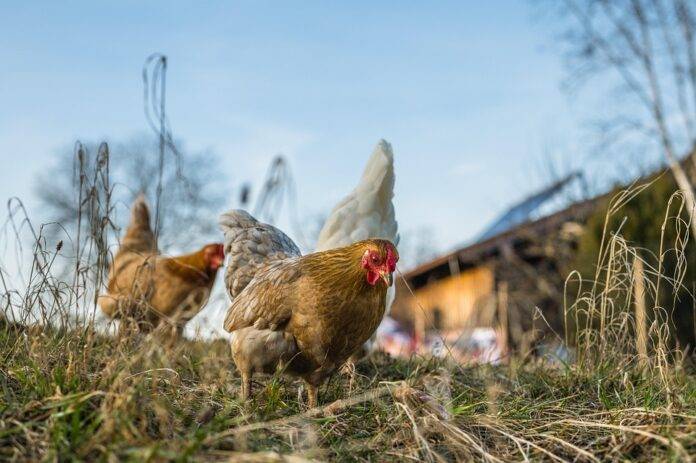Introduction
In recent years, the poultry industry has seen a significant transformation with the integration of Artificial Intelligence (AI) and Internet of Things (IoT) technologies. These advancements have played a crucial role in optimizing poultry farms and supply chains, leading to increased efficiency, reduced costs, and improved overall productivity. This report will delve into the role of AI and IoT in poultry farm and supply chain optimization, highlighting the key benefits, challenges, and industry insights.
Benefits of AI and IoT in Poultry Farming
Enhanced Monitoring and Management
AI and IoT technologies have revolutionized the way poultry farms are monitored and managed. Through the use of sensors, cameras, and data analytics, farmers can now track various parameters such as temperature, humidity, feed levels, and animal health in real-time. This level of monitoring allows for early detection of any issues, leading to timely interventions and improved overall flock health.
Predictive Maintenance
AI-powered predictive maintenance systems can analyze data from IoT devices to predict equipment failures before they occur. This proactive approach helps prevent costly downtime and ensures that essential farming equipment such as feeders, waterers, and climate control systems are always in optimal condition.
Automated Feeding and Watering
AI-enabled feeding and watering systems can automatically adjust feed and water levels based on the specific needs of the poultry. By analyzing data on consumption patterns, growth rates, and environmental conditions, these systems can ensure that birds receive the right amount of nutrients at the right time, leading to improved feed conversion ratios and overall growth performance.
Challenges in Implementing AI and IoT in Poultry Farming
High Initial Investment
While the benefits of AI and IoT in poultry farming are undeniable, the initial investment required for implementing these technologies can be significant. From purchasing sensors and equipment to integrating data analytics software, farmers may face financial barriers that could hinder widespread adoption.
Data Security Concerns
The collection and analysis of sensitive data on poultry farms raise concerns about data security and privacy. Farmers must implement robust cybersecurity measures to protect against potential cyber threats and ensure that confidential information remains secure.
Integration with Existing Systems
Integrating AI and IoT technologies with existing farm management systems can be a complex process that requires careful planning and coordination. Farmers may face challenges in ensuring seamless communication between different devices and platforms, leading to potential disruptions in farm operations.
Industry Insights
According to a report by Market Research Future, the global AI in agriculture market is projected to reach $2.6 billion by 2027, with a compound annual growth rate of 22.5%. This growth is driven by the increasing adoption of AI and IoT technologies in various agricultural sectors, including poultry farming.
Companies such as Microsoft, IBM, and Cargill are actively involved in developing AI and IoT solutions for the poultry industry. Microsoft’s FarmBeats platform, for example, leverages AI and IoT to provide real-time insights for farmers, helping them make data-driven decisions that optimize farm operations.
Conclusion
In conclusion, the integration of AI and IoT technologies in poultry farming has the potential to revolutionize the way farms are managed and operated. By enhancing monitoring capabilities, enabling predictive maintenance, and automating feeding processes, these technologies offer numerous benefits that can lead to increased efficiency and profitability. While challenges such as high initial investment and data security concerns exist, the industry is poised for continued growth as more farmers recognize the value of AI and IoT in optimizing poultry farm and supply chain operations.



